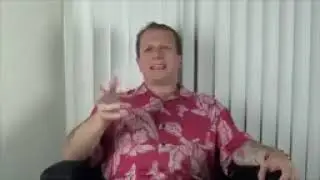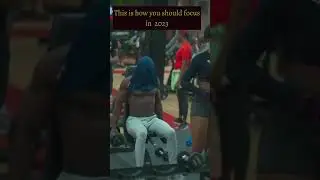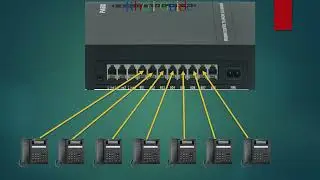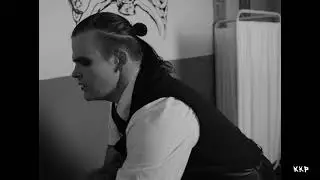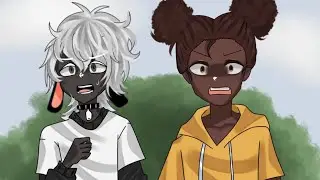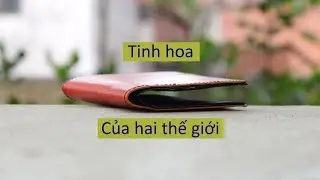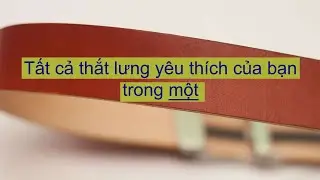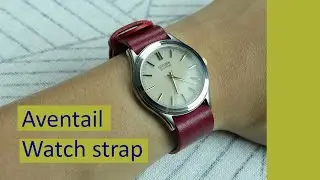Menswear in India, Mughal dynasty (1526–1857)
Link shop: http://aventail.vn
Video transcript:
• Brief history about Mughal dynasty in India
Mughal dynasty is the result of a multi generations conquest of Babur and his descendants. Babur is a Central Asian ruler, descendant of Timur and Genghis Khan. The Mughal had diplomatic tie to Safavid Iran, weapon from Ottoman, trading relationship with European companies. As such, they were able to defeat other much larger Indian states and conquered most of India subcontinent. Under the Mughal, India became the richest country in the world, once accounted for 25% world industrial output, 95% British import from Asia. Largest industry included textile and shipbuilding, which as you can guess, lead to an abundant of clothes and accessories. Like all other empires, Mughal didn’t last forever. Many factors contributed to Mughal’s decline: financial deficit, war, weather, religious conflict, class conflict, the ruling class forgot themselves in luxury and abandoned governing tasks. The empire reduced in size, then existed only in name, then were finally removed by the British.
• Mughal men’s wear
In Mughal period, all other traditional men’s wear from previous eras were continued to be worn. This video only covers men’s wear that appeared during this period. The Mughal initially used Iran and Mongol clothes. But the thick and heavy costume weren’t suitable for the hot Indian weather. They eventually adopt some element from Hindi clothes into use. Some notable items:
Jama: a side-fastening frock coat with tight-fitting bodice, nipped-in waist and flared skirt, reaching the knees
Yalek: A long under-tunic reaching to the floor, usually with short sleeves or sleeveless.
Paijama: a pant with drawstring fastening. Ancestor of modern pyjama
Churidar: Paijama cut on the bias, much longer than the leg, so that folds fall at the ankle.
Shalwar: A triangularly cut paijama with a quilted band at the ankle (poncha).
Patka: Around the waist of the Jama, a long piece of fine fabric was tied like a sash. This was the Patka, from which a jeweled sword could be suspended. Patkas were hand-woven with complex designs, or embroidered, or hand-painted or printed. Many made for royalty showed textile craftmanship at its best
• Footwear
Many shoes came from Iran styles. Some of the types as follow
Jhooti: Ornamented shoes with turned up toes.
Kafsh/Khusa: shoe worn by nobles and kings
Charhvan/ Nagras: shoe with a curling tongue fixed to the toe
Salim Shahi: shoe decorated in gold
Khurd Nau: very lightweight shoe, made of kid leather
Lucknow, a large city in northern India, was most famous for its footwear in Mughal times, and the art of Aughi, embroidery on leather and velvet footwear, was very popular.
• Headwear
Pagri: turban, a universal headwear for both Muslims and Hindus. In India a turban proclaims status, religion, caste and family. To submit your turban is a sign of total submission. When a man dies, his turban is tied on the head of his eldest son, to signify taking the responsibility of the family. Mughals tied their turbans, then added decoration by way of bejeweled bans, pin jewelry or other ornamentation.
Caps: Caps worn were heavily ornamented and in a variety of styles.
Chau-goshia: cap made in four segments
Qubbedar/taqiyah: dome-shaped cap
Kashiti Numa: boat-shaped cap
Dupalli: small narrow cap with front and back points
Nukka Dar: cap for nobles, heavily embroidered
Mandil: cap usually black velvet embroidered with gold or silver thread
...
